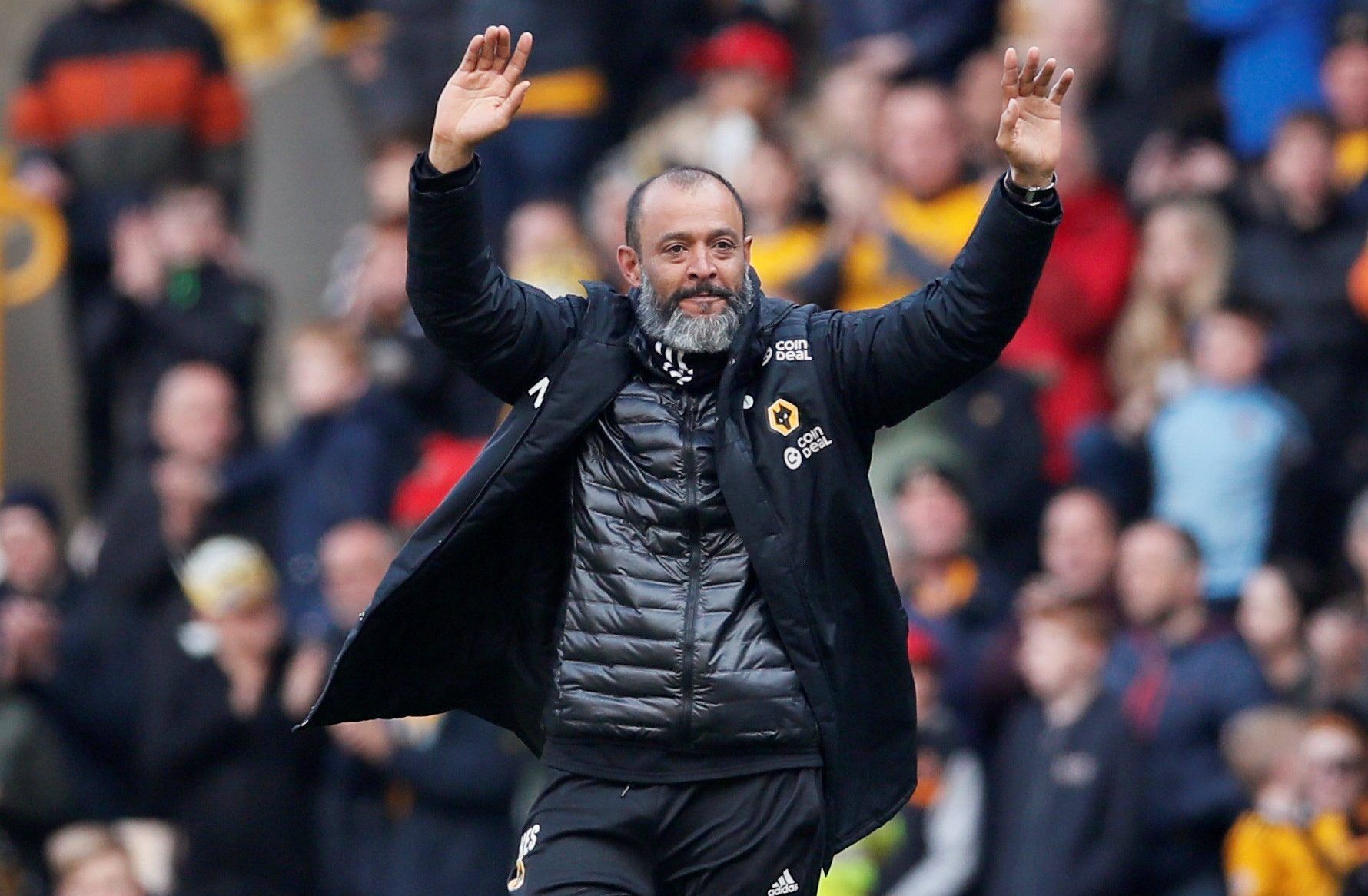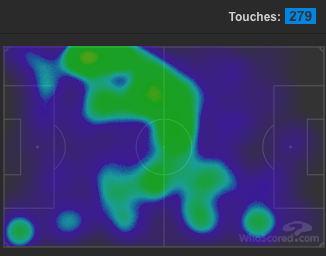[ad_pod ]
This article is part of Football FanCast's The Chalkboard series, which provides a tactical insight into teams, players, managers, potential signings and more...
Wolves are still chasing that first elusive win in the Premier League this season following their 1-1 draw with Crystal Palace at Selhurst Park on Sunday afternoon.
Only Watford are below them in the table currently which coincidentally is their next league fixture this coming weekend.
The west Midlands club are yet to record a domestic victory but have only lost two of their six matches, and that could have been much worse at Selhurst Park as they went behind to a Leander Dendoncker own goal before Romain Saiss received his marching orders.
But Diogo Jota popped up with a stoppage-time equaliser to rescue a point – manager Nuno Santo hopes that can be used as a springboard to get their Premier League campaign properly underway.
On the Chalkboard
Despite there being a lack of a goal in the first half against Palace, Wolves looked dangerous and certainly more creative – and that was down to the fact that the Portuguese boss reverted to the 3-4-3 system which won them the Championship in 2018.
They recorded seven shots before the break compared to the Eagles' one, per WhoScored.
It is a tactic that Nuno should persist with for now as it could begin to turn their season around.
In their defeats against Chelsea and Everton, the gaps between midfield and attack were far too severe meaning the ball just couldn’t find its way to the team’s leading man Raul Jimenez.
That only invited the pressure back onto the defence, who buckled to concede eight goals across the two matches.
Here you can see just how ineffective Jimenez was by focusing on his heat map on the right. He often had to come deep, and even wide, to pick up the ball. Meanwhile, on the left there's barely any activity near the penalty area from the midfield and attack. This emphasises the lack of link-up play in the final third.
Again this is further shown just a week earlier as the 28-year-old, who bagged 13 in the league last season, is having to contribute all over the park just to get involved.
He wasn't helped at all by Wolves' midfield as the most active area was deep centre, which makes it all that more difficult to get the ball to their two strikers.
Watch Wolverhampton Wanderers Live Streams With StreamFootball.tv Below
The 3-4-3 system plugs that void by allowing more fluidity in the final third – the two forwards either side of the Mexican can operate in the half-spaces, enabling the wing-backs to bomb on if need be.
While they would be exposed against a team of Manchester City’s stature and prowess because a two-man central midfield pairing has the potential to be seriously overrun, this tactic can certainly be used against those of lesser quality, like Watford on Saturday.
By operating in the half-spaces, the two wide forwards can effectively become central attacking midfielders and consequently fill the gap that’s been vacant in recent games.
Just look at the difference it made against Palace. The heat map below shows that Wolves were far more penetrative in the final third, particularly on the wings which in turn allows the creation of chances through crosses.
The familiarity of a system that served the likes of the underperforming Ruben Neves and Conor Coady so well in the Championship could be highly beneficial.



